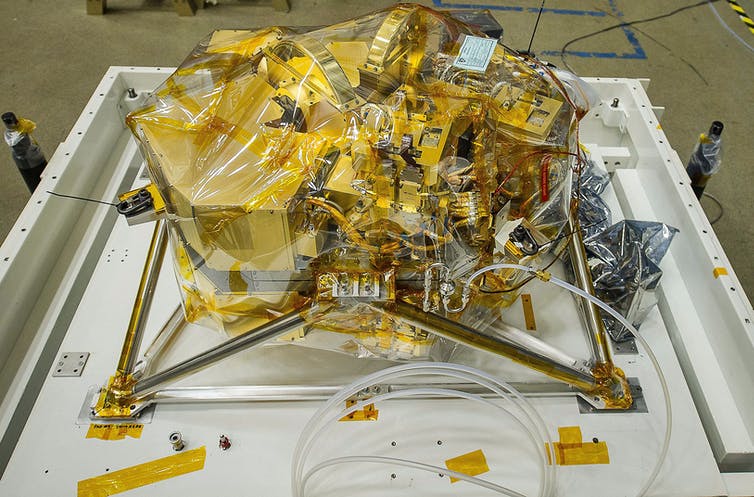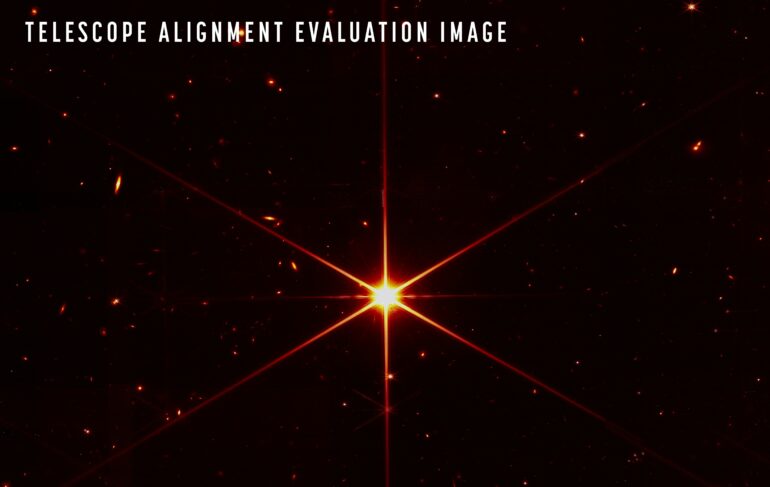NASA is scheduled to release the first images taken by the James Webb Space Telescope on July 12, 2022. They’ll mark the beginning of the next era in astronomy as Webb – the largest space telescope ever built – begins collecting scientific data that will help answer questions about the earliest moments of the universe and allow astronomers to study exoplanets in greater detail than ever before. But it has taken nearly eight months of travel, setup, testing and calibration to make sure this most valuable of telescopes is ready for prime time. Marcia Rieke, an astronomer at the University of Arizona and the scientist in charge of one of Webb’s four cameras, explains what she and her colleagues have been doing to get this telescope up and running.
1. What’s happened since the telescope launched?
After the successful launch of the James Webb Space Telescope on Dec. 25, 2021, the team began the long process of moving the telescope into its final orbital position, unfolding the telescope and – as everything cooled – calibrating the cameras and sensors onboard.
The launch went as smoothly as a rocket launch can go. One of the first things my colleagues at NASA noticed was that the telescope had more remaining fuel onboard than predicted to make future adjustments to its orbit. This will allow Webb to operate for much longer than the mission’s initial 10-year goal.
The first task during Webb’s monthlong journey to its final location in orbit was to unfold the telescope. This went along without any hitches, starting with the white-knuckle deployment of the sun shield that helps cool the telescope, followed by the alignment of the mirrors and the turning on of sensors.
Once the sun shield was open, our team began monitoring the temperatures of the four cameras and spectrometers onboard, waiting for them to reach temperatures low enough so that we could start testing each of the 17 different modes in which the instruments can operate.

The NIRCam on Webb was the first instrument to go online and helped align the 18 mirror segments.
NASA Goddard Space Center/Wikimedia Commons
2. What did you test first?
The cameras on Webb cooled just as the engineers predicted, and the first instrument the team turned on was the Near Infrared Camera – or NIRCam. NIRCam is designed to study the faint infrared light produced by the oldest stars or galaxies in the universe. But before it could do that, NIRCam had to help align the 18 individual segments of Webb’s mirror.
Once NIRCam cooled to minus 280 F, it was cold enough to start detecting light reflecting off of Webb’s mirror segments and produce the telescope’s first images. The NIRCam team was ecstatic when the first light image arrived. We were in business!
These images showed that the mirror segments were all pointing at a relatively small area of the sky, and the alignment was much better than the worst-case scenarios we had planned…
